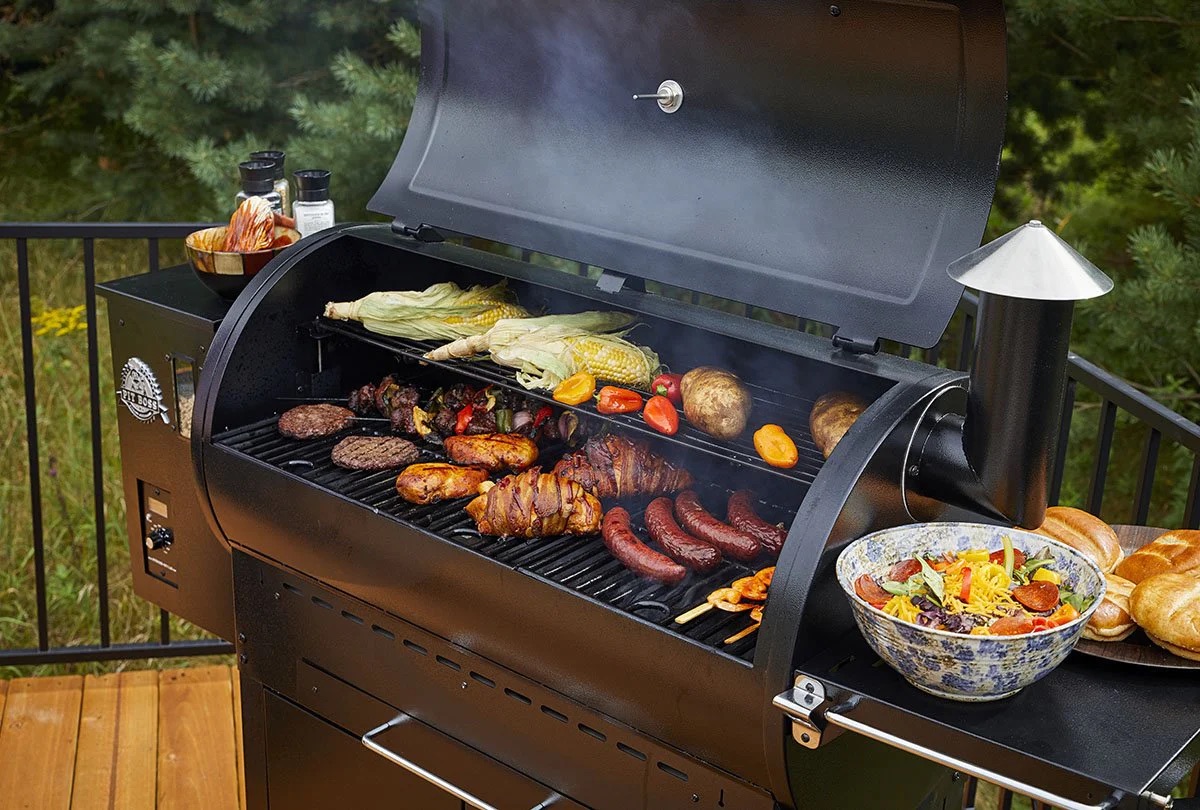

Articles
How Do Pellet Grills Work
Modified: January 5, 2024
Discover how pellet grills work and gain insight into the science behind these popular cooking appliances. Read our expert articles to learn more about pellet grills and enhance your outdoor cooking experience.
(Many of the links in this article redirect to a specific reviewed product. Your purchase of these products through affiliate links helps to generate commission for Storables.com, at no extra cost. Learn more)
Introduction
Pellet grills have gained immense popularity among BBQ enthusiasts and outdoor cooking aficionados in recent years. These versatile cooking devices offer a unique way to achieve smoky, wood-fired flavors while providing the convenience of set-it-and-forget-it cooking. But have you ever wondered how pellet grills actually work?
In this article, we will delve into the inner workings of pellet grills and explore the fascinating technology behind them. We will discuss the components that make up a pellet grill, the principle on which they operate, and the step-by-step process of how they work.
Whether you’re a seasoned pitmaster or a novice griller, understanding how pellet grills work can help you maximize their potential and create mouthwatering dishes every time.
Key Takeaways:
- Pellet grills combine the convenience of gas grills with the smoky flavor of wood-fired cooking. Their components work together to automate the process, providing precise temperature control and versatile cooking options.
- Maintaining and using a pellet grill efficiently is essential for optimal performance. Regular cleaning, preheating, using high-quality wood pellets, and experimenting with smoke levels are key to achieving consistent and delicious results.
Read more: How Do Wood Pellet Grills Work
What is a Pellet Grill?
A pellet grill is a type of outdoor cooking appliance that combines the convenience of a gas grill with the smoky, flavorful taste of traditional wood-fired cooking. It uses a unique fuel source known as wood pellets to provide heat and impart a distinctive smoky flavor to the food.
Unlike traditional charcoal grills or gas grills, pellet grills operate on electricity. They feature a hopper that stores the wood pellets, an auger that transports the pellets to the fire pot, and a digital control panel that allows you to set and maintain the desired temperature.
Pellet grills come in various sizes and configurations, ranging from compact portable models to larger, more versatile units with multiple cooking zones. They are commonly used for grilling, smoking, roasting, baking, and even braising, making them a versatile tool for outdoor cooking enthusiasts.
One of the key advantages of pellet grills is that they offer precise temperature control, allowing you to set the desired cooking temperature and maintain it throughout the cooking process. This feature makes pellet grills suitable for cooking a wide variety of dishes, from slow-smoked ribs to perfectly seared steaks.
Overall, pellet grills are a popular choice among BBQ enthusiasts for their ability to combine convenience, versatility, and the authentic flavors of wood-fired cooking. Now that we have a basic understanding of what pellet grills are, let’s take a closer look at their components and how they work.
Components of a Pellet Grill
A pellet grill consists of several key components working in harmony to create the perfect cooking environment. Understanding these components will give you a clearer picture of how a pellet grill operates. Let’s take a closer look at each one:
- Hopper: The hopper is where you load the wood pellets. It is typically located at the back of the grill and has a capacity that can range from a few pounds to over 20 pounds, depending on the size of the grill. The hopper feeds the pellets into the auger.
- Auger: The auger is a screw-like mechanism that transports the wood pellets from the hopper to the fire pot. It is powered by an electric motor and ensures a consistent supply of pellets to maintain the desired temperature.
- Fire Pot: The fire pot is where the pellets burn and generate heat. It is located in the center or bottom of the grill, depending on the design. The fire pot is ignited by an electric hot rod or a small flame, which ignites the pellets and creates the fire.
- Digital Control Panel: The digital control panel is the interface that allows you to set and monitor the temperature of the grill. It typically features a digital display and buttons to adjust the temperature and other settings. Some advanced models even offer Wi-Fi connectivity, allowing you to control the grill remotely using a smartphone app.
- Temperature Probe: Many pellet grills come with a built-in temperature probe that measures the internal temperature of the cooking chamber. This allows you to monitor the doneness of the food without opening the lid and losing heat.
- Cooking Grates: The cooking grates are where you place the food to be cooked. They are typically made of stainless steel or cast iron and come in various sizes and shapes to accommodate different types of food.
- Grease Management System: Pellet grills often feature a grease management system to collect and channel away excess grease and drippings. This helps prevent flare-ups and makes cleaning easier.
These are the main components of a pellet grill that work together to create a consistent and controlled cooking experience. Now that we understand the essential parts of a pellet grill, let’s explore the working principle of how these components come together to cook delicious food.
Working Principle of Pellet Grills
The working principle of a pellet grill revolves around the combustion of wood pellets to generate heat and smoke for cooking. Pellet grills are designed to automate this process, providing a convenient and controlled cooking experience. Here’s a breakdown of how pellet grills work:
- Ignition: When you turn on the pellet grill and set the desired temperature using the digital control panel, the first step is to ignite the pellets. This can be done using an electric hot rod or a small flame located in the fire pot. The ignition element ignites the pellets, starting the combustion process.
- Fuel Delivery: As the pellets ignite, the auger starts rotating, transporting a small number of wood pellets from the hopper to the fire pot. The auger’s speed can be adjusted based on the temperature settings and the required heat output. The pellets are gradually fed into the fire pot to sustain the fire and maintain the desired temperature.
- Combustion and Heat Generation: Once inside the fire pot, the pellets burn and release heat energy. This heat circulates within the cooking chamber, creating a consistent cooking environment. The temperature is regulated by the amount of fuel (pellets) being delivered and the rate at which they burn. The digital control panel constantly monitors the temperature and adjusts the fuel delivery and airflow accordingly.
- Smoke Production: In addition to heat, pellet grills also produce flavorful smoke that enhances the taste and aroma of the food. When the pellets burn, they release combustion gases, including smoke. This smoke circulates around the food, infusing it with the signature wood-fired flavor. The level of smokiness can be adjusted by using different types of wood pellets or adding wood chips to the fire pot.
- Cooking Process: With the pellet grill maintaining a consistent temperature and generating smoke, the food placed on the cooking grates begins to cook. The heat from the fire pot radiates upwards, while convection currents within the cooking chamber ensure even heat distribution. The temperature probe allows you to monitor the internal temperature of the food, ensuring it reaches the desired level of doneness.
- Control and Monitoring: Throughout the cooking process, the digital control panel continuously monitors and adjusts the temperature of the grill. It maintains the set temperature by controlling the fuel delivery through the auger and regulating the airflow through vents. This automation allows you to focus on other tasks without constantly tending to the fire.
By following this working principle, pellet grills provide a user-friendly and consistent cooking experience, allowing you to achieve excellent results with minimal effort. With a clear understanding of how pellet grills work, we can now dive into the step-by-step process of cooking with a pellet grill.
Step-by-Step Process of How Pellet Grills Work
Using a pellet grill may seem intimidating at first, but it’s actually a straightforward process. Here’s a step-by-step guide on how pellet grills work:
- Preparation: Start by ensuring that your pellet grill is clean and free from any debris. Next, fill the hopper with your preferred wood pellets. Different types of wood pellets can impart different flavors to your food, so choose accordingly.
- Ignition: Turn on the pellet grill and set the desired temperature using the digital control panel. The grill will start the ignition process, either through an electric hot rod or a small flame in the fire pot. Give the grill a few minutes to heat up and stabilize at the set temperature.
- Fuel Delivery: Once the grill is heated, the auger will start rotating, delivering a consistent supply of pellets from the hopper to the fire pot. The speed of the auger can be adjusted based on your temperature settings and desired heat output.
- Cooking: With the pellets burning in the fire pot, the grill will produce heat and smoke. Place your food on the cooking grates and close the lid to allow it to cook. The heat from the fire pot will radiate around the food, while the circulating smoke infuses it with a delicious smoky flavor.
- Monitoring: Throughout the cooking process, use the temperature probe or a separate meat thermometer to monitor the internal temperature of the food. This will ensure that your food is cooked to the desired level of doneness.
- Adjustments: If needed, make adjustments to the temperature settings on the control panel. Higher temperatures will cook your food faster, while lower temperatures will result in a slower cooking process. Additionally, you can adjust the airflow and add more wood pellets as necessary.
- Resting and Serving: Once your food has reached the desired level of doneness, remove it from the grill and let it rest for a few minutes. This allows the juices to redistribute, resulting in tender and flavorful meat. Finally, serve your deliciously cooked food to enjoy with family and friends.
The step-by-step process of how pellet grills work may vary slightly depending on the specific model and brand you own. It’s essential to refer to the manufacturer’s instructions and guidelines to ensure proper usage and safety.
Now that you have a clear understanding of how pellet grills work and the step-by-step process of using them, let’s explore the benefits of incorporating pellet grills into your outdoor cooking routine.
When using a pellet grill, make sure to regularly clean out the ash from the fire pot to ensure proper airflow and consistent heat distribution. This will help maintain the grill’s performance and extend its lifespan.
Read more: How Pellet Grills Work
Benefits of Using Pellet Grills
Pellet grills offer a range of advantages that make them a popular choice among outdoor cooking enthusiasts. Here are some of the key benefits of using pellet grills:
- Convenience: One of the biggest advantages of pellet grills is their convenience. Unlike traditional charcoal grills that require constant monitoring and adjustments, pellet grills offer set-it-and-forget-it functionality. Once you set the desired temperature, the grill takes care of the rest, allowing you to focus on other tasks or enjoy the company of friends and family.
- Temperature Control: Pellet grills provide precise temperature control, allowing you to set the desired cooking temperature and maintain it throughout the entire cooking process. The digital control panel allows you to easily adjust the temperature with the push of a button, ensuring consistent results every time.
- Versatility: Pellet grills are incredibly versatile and can be used for various cooking methods, including grilling, smoking, roasting, baking, and braising. They offer a wide temperature range, allowing you to cook different types of food, from low and slow-smoked ribs to perfectly seared steaks. The ability to achieve different cooking styles in a single grill makes it a valuable addition to any outdoor cooking setup.
- Wood-Fired Flavor: One of the highlights of using a pellet grill is the incredible wood-fired flavor it imparts to food. The combustion of the wood pellets produces smoke that infuses the food with a delicious smoky taste. Additionally, you can choose from a wide range of wood pellets, such as hickory, mesquite, apple, or cherry, to add unique flavors to your dishes.
- Even Heat Distribution: Pellet grills are designed to distribute heat evenly within the cooking chamber. This ensures that your food cooks consistently, with no hot spots or uneven cooking. The circulating heat and convection currents help cook your food to perfection, resulting in juicy and flavorful meals.
- Maintenance and Cleaning: Compared to traditional charcoal grills, pellet grills are relatively easy to maintain and clean. The automated process of feeding pellets and controlling temperature reduces the need for constant monitoring and adjustments. Additionally, many pellet grills come with features like grease management systems and removable drip trays, making it easier to collect and dispose of grease and drippings.
- Efficiency: Pellet grills are known for their efficiency in fuel consumption. The use of wood pellets as fuel provides a dense and consistent heat source. Additionally, the automation and precise temperature control help optimize the fuel usage, making pellet grills an economical choice for outdoor cooking.
With their convenience, precise temperature control, versatility, and ability to produce delicious wood-fired flavors, it’s no wonder that pellet grills have become a favorite among BBQ enthusiasts. Now that you know the benefits of using a pellet grill let’s explore some tips for maintaining and using your pellet grill efficiently.
Maintenance and Cleaning of Pellet Grills
Proper maintenance and regular cleaning of your pellet grill are essential to ensure its longevity and optimal performance. Here are some tips to help you keep your grill in top shape:
- Empty the Hopper: When you’re done using the pellet grill, remove any leftover wood pellets from the hopper. This prevents moisture buildup and keeps the grill clean. It’s also a good practice to store the pellets in a sealed container to maintain their freshness.
- Clean the Cooking Grates: After each use, scrub the cooking grates with a grill brush or scraper to remove any food residue. For stubborn grime, you can use a mixture of warm water and mild dish soap. Rinse thoroughly and dry the grates before placing them back in the grill.
- Empty and Clean the Grease Management System: Pellet grills often have a grease management system to collect grease and drippings. Regularly empty and clean this system to prevent buildup and potential fire hazards. Follow the manufacturer’s instructions for proper maintenance of the grease management system.
- Inspect and Clean the Fire Pot: Over time, ash and debris can accumulate in the fire pot, affecting the efficiency of the grill. Allow the grill to cool completely and use a vacuum or brush to remove the ash. Be sure to check the igniter for any debris or blockages and clean it if necessary.
- Inspect and Clean the Auger: Periodically check the auger for any wood pellet fragments or obstructions. Remove any buildup that may affect the smooth operation of the auger. Lubricate the auger shaft as recommended by the manufacturer to keep it running smoothly.
- Check for Wear and Tear: Regularly inspect all components of the pellet grill for signs of wear and tear. Replace any damaged or worn parts to maintain the grill’s performance and safety. Refer to the manufacturer’s guidelines for replacement parts or contact their customer support for assistance.
- Protect the Grill: When not in use, cover your pellet grill with a weather-resistant grill cover to protect it from the elements. This will help prevent rust and other damage, ensuring the longevity of your grill.
By following these maintenance tips, you can keep your pellet grill clean, efficient, and in excellent working condition for many years to come.
Now that you know how to maintain and clean your pellet grill, let’s explore some tips for using it efficiently and getting the most out of your outdoor cooking experience.
Tips for Using Pellet Grills Efficiently
To get the most out of your pellet grill and ensure efficient cooking, consider the following tips:
- Start with a Clean Grill: Before each use, make sure to clean the grill grates and remove any excess ash or debris from the fire pot. A clean grill ensures optimal heat distribution and prevents any unwanted flavors from previous cookouts.
- Preheat for Better Results: Preheating your pellet grill allows it to reach the desired temperature before placing your food on the grates. This ensures a consistent cooking environment and helps achieve the best results.
- Use High-Quality Wood Pellets: The type and quality of wood pellets you use can greatly impact the flavor profiles of your dishes. Choose high-quality pellets made from pure hardwood with no additives for the best results. Experiment with different flavors to find the one that suits your taste preferences.
- Avoid Excessive Opening of the Lid: Each time you open the lid, you release heat and smoke, which can affect the cooking process. Try to minimize lid openings as much as possible to maintain a steady temperature and smoke level.
- Monitor Internal Temperatures: Use a meat thermometer to accurately monitor the internal temperature of your food. This ensures that meat is cooked to the appropriate doneness and reduces the risk of undercooking or overcooking.
- Experiment with Smoke Levels: Adjust the smoke flavor in your dishes by using different wood pellet flavors or adding wood chips to the fire pot. Mild-flavored pellets like apple or maple give a lighter smoke flavor, while stronger woods like hickory or mesquite provide a more robust smoky taste.
- Avoid Overloading: Avoid overcrowding the cooking grates to allow proper airflow and even heat distribution. Leave enough space between food items for the heat to circulate effectively.
- Keep an Eye on Fuel Levels: Regularly check the pellet hopper to ensure an adequate supply of pellets. Running out of pellets in the middle of cooking can disrupt the process and affect the flavor and texture of your food.
- Clean and Maintain Regularly: As mentioned earlier, clean your pellet grill after each use and perform regular maintenance to keep it in optimal condition. This includes cleaning the grates, emptying and cleaning the grease management system, and inspecting and cleaning the auger and fire pot.
- Experiment and Have Fun: Lastly, don’t be afraid to experiment with different recipes and cooking techniques on your pellet grill. Try smoking, roasting, baking, and grilling a variety of dishes to discover new flavors and elevate your outdoor cooking skills.
By following these tips, you can use your pellet grill more efficiently, create delicious meals, and enjoy the full potential of this versatile outdoor cooking appliance.
Now that you’re equipped with the knowledge of pellet grill maintenance, efficient use, and various benefits, it’s time to unleash your creativity and enjoy the unique experience of wood-fired cooking. Happy grilling!
Conclusion
Pellet grills offer a convenient, versatile, and flavorful way to cook your favorite dishes outdoors. With their unique working principle and advanced features, these grills have become a popular choice among BBQ enthusiasts and outdoor cooking aficionados.
We explored the components that make up a pellet grill, including the hopper, auger, fire pot, digital control panel, temperature probe, cooking grates, and grease management system. Understanding these components helps us grasp the inner workings of a pellet grill.
A pellet grill operates by igniting wood pellets, delivering them to the fire pot through the auger, generating heat and smoke for cooking, and maintaining a consistent temperature throughout the process. The result is perfectly cooked food with mouthwatering wood-fired flavors.
Using a pellet grill offers numerous benefits. Their convenience, precise temperature control, versatility, and ability to impart authentic wood-fired flavors make them an excellent choice for outdoor cooking. Additionally, pellet grills are easy to maintain and clean, ensuring longevity and optimal performance.
By following maintenance and cleaning practices, such as emptying the hopper, cleaning the grates, and inspecting and cleaning the fire pot and auger, you can keep your pellet grill in top shape and enjoy many delicious meals for years to come.
To use your pellet grill efficiently, consider tips such as preheating, using high-quality wood pellets, monitoring internal temperatures, and experimenting with smoke levels. These practices will help you achieve consistent results and unlock the full potential of your pellet grill.
Whether you’re grilling, smoking, roasting, baking, or braising, a pellet grill provides a versatile cooking experience, allowing you to showcase your culinary skills and delight your taste buds with a wide array of flavorful dishes.
So, fire up your pellet grill, unleash your creativity, and enjoy the unique experience of wood-fired cooking. Embrace the convenience, the aroma, and the mouthwatering flavors that pellet grills bring to your outdoor cooking adventures. Happy grilling!
Frequently Asked Questions about How Do Pellet Grills Work
Was this page helpful?
At Storables.com, we guarantee accurate and reliable information. Our content, validated by Expert Board Contributors, is crafted following stringent Editorial Policies. We're committed to providing you with well-researched, expert-backed insights for all your informational needs.
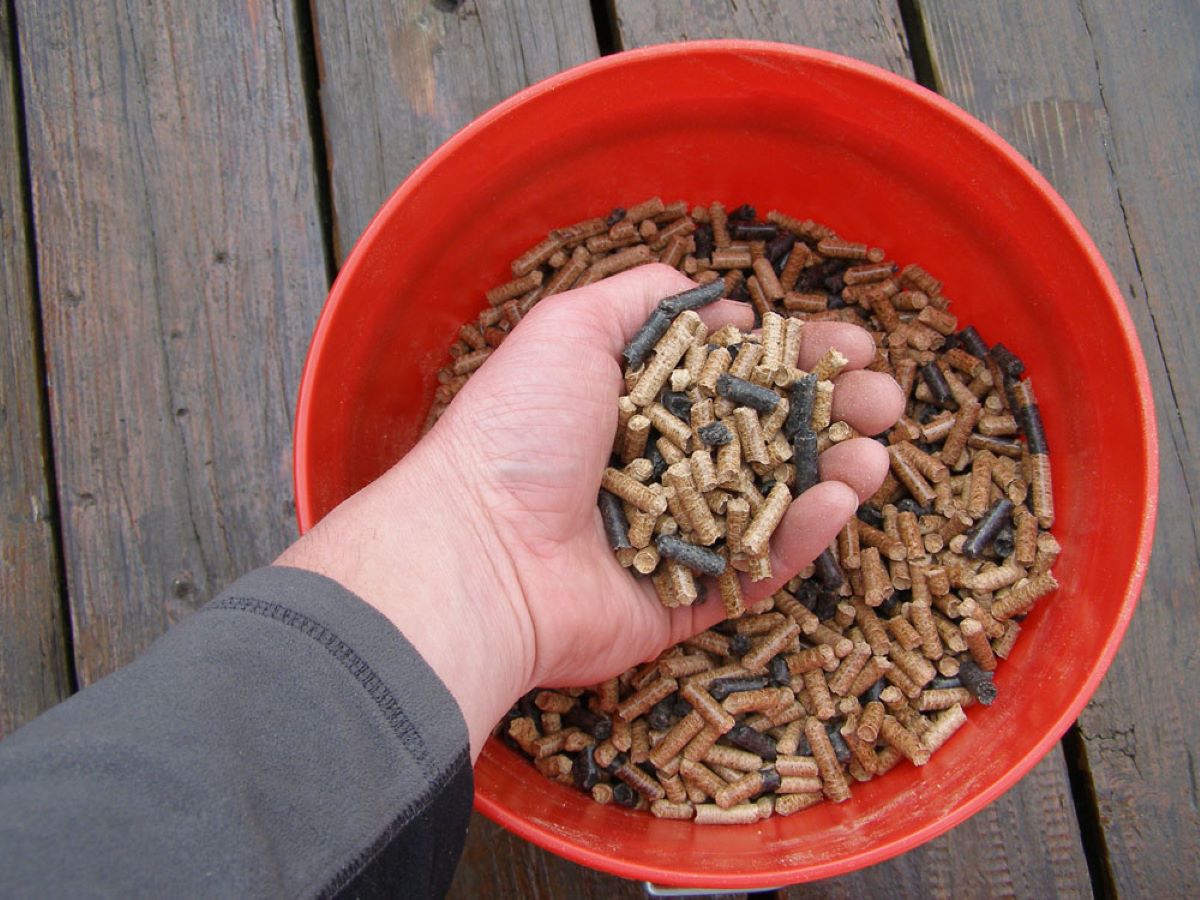
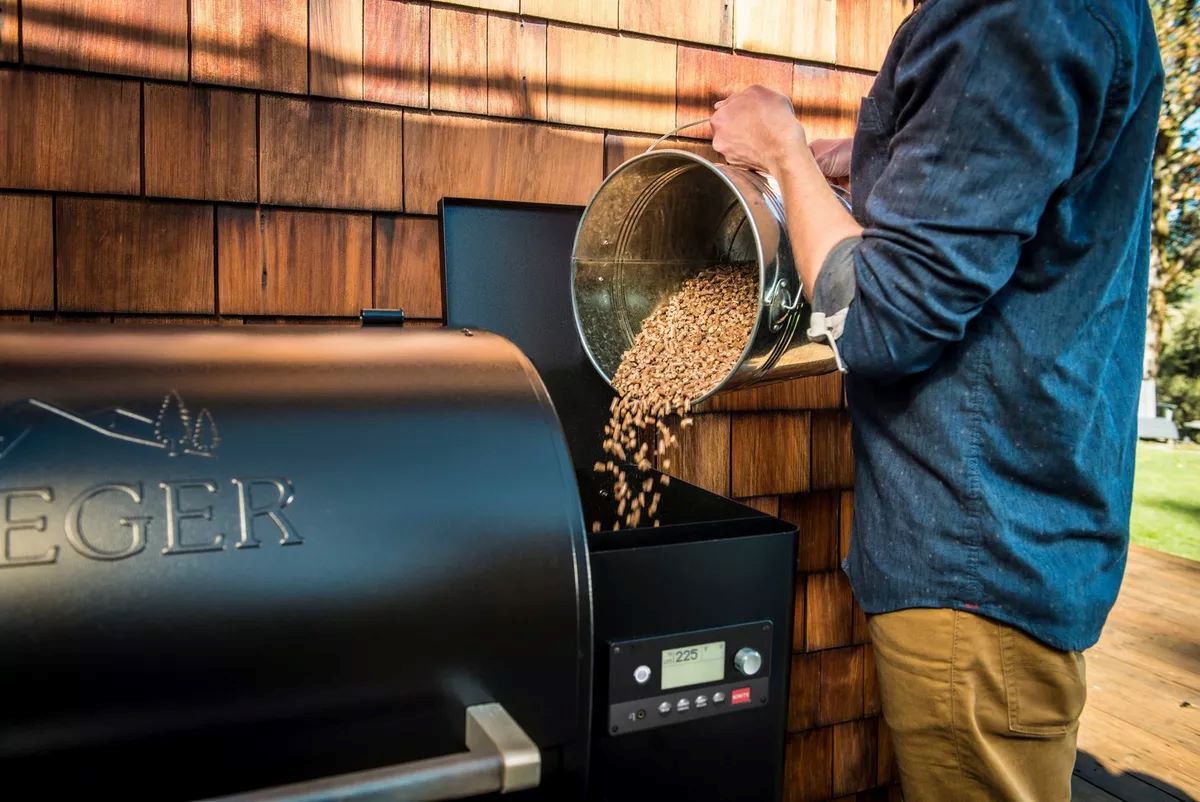
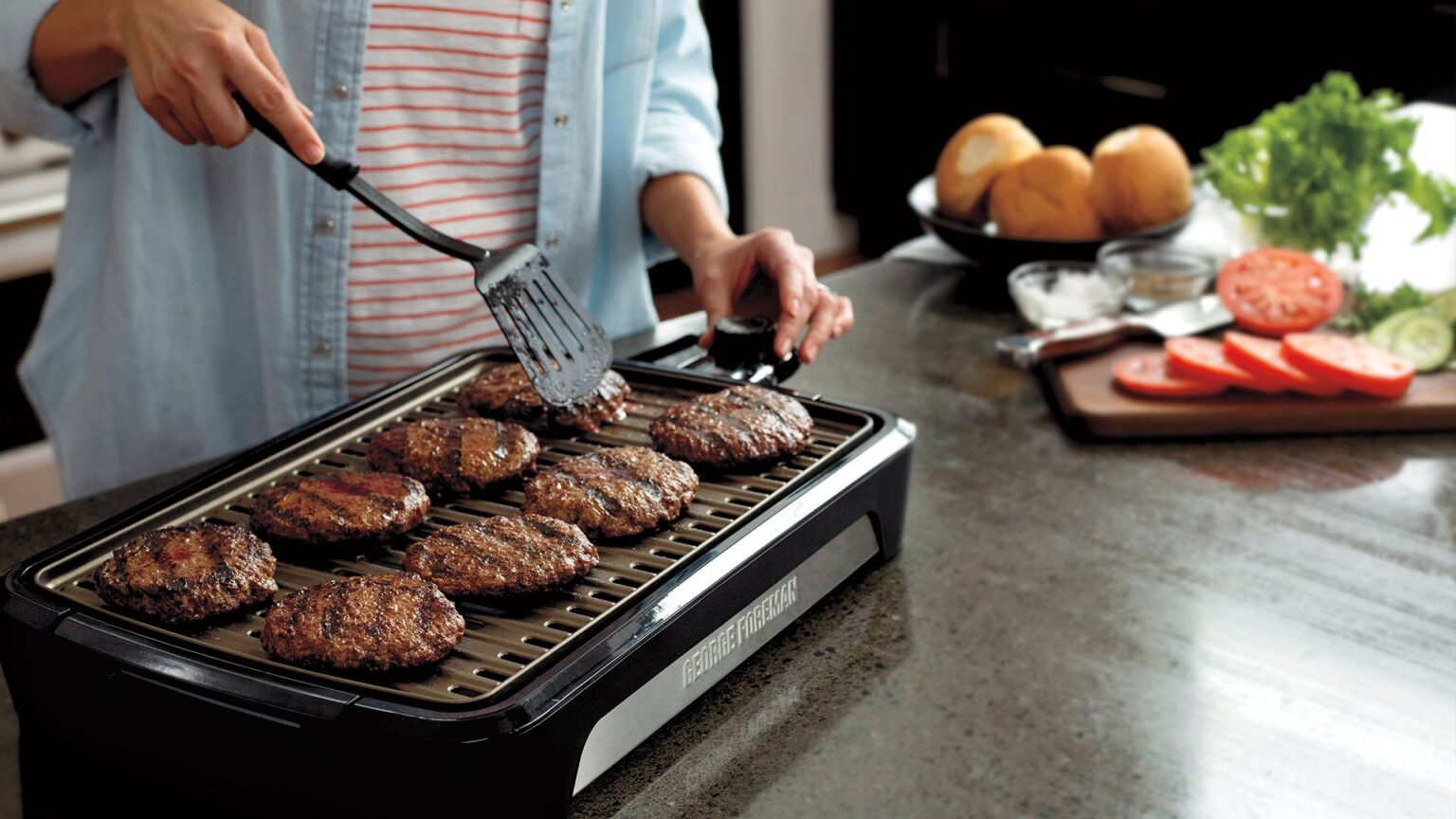
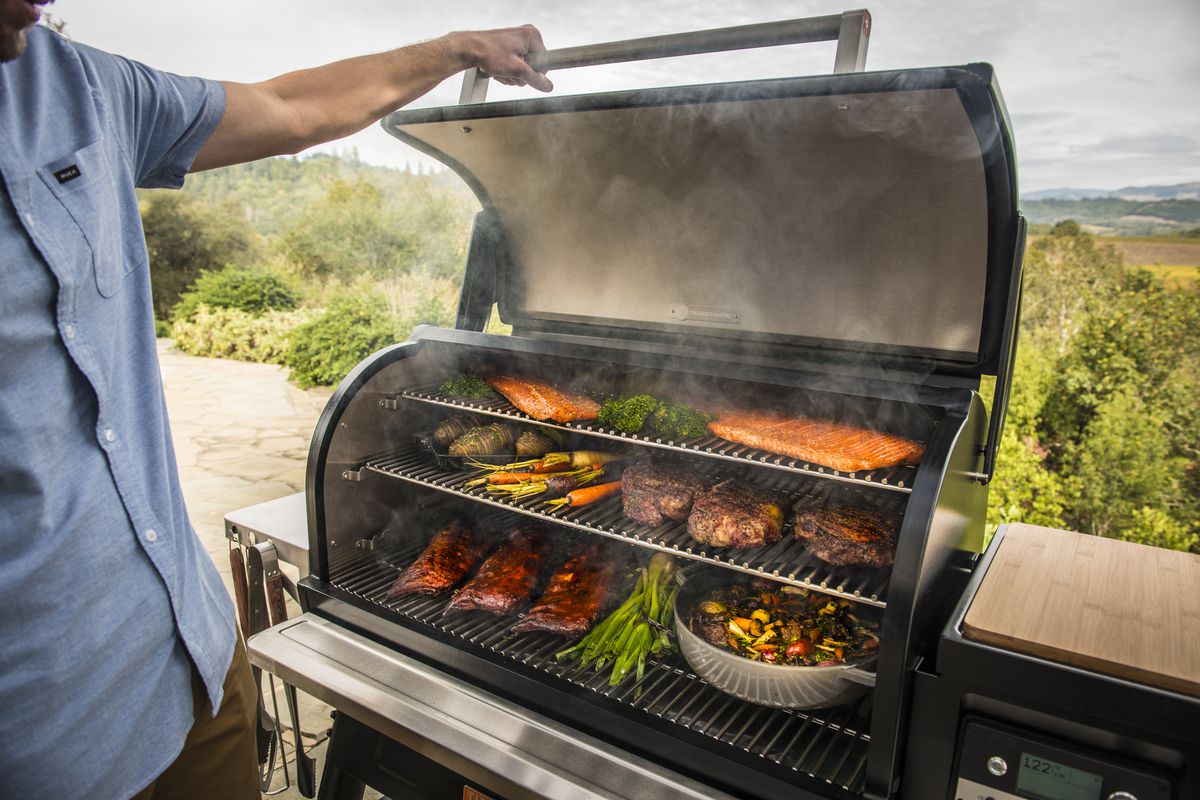
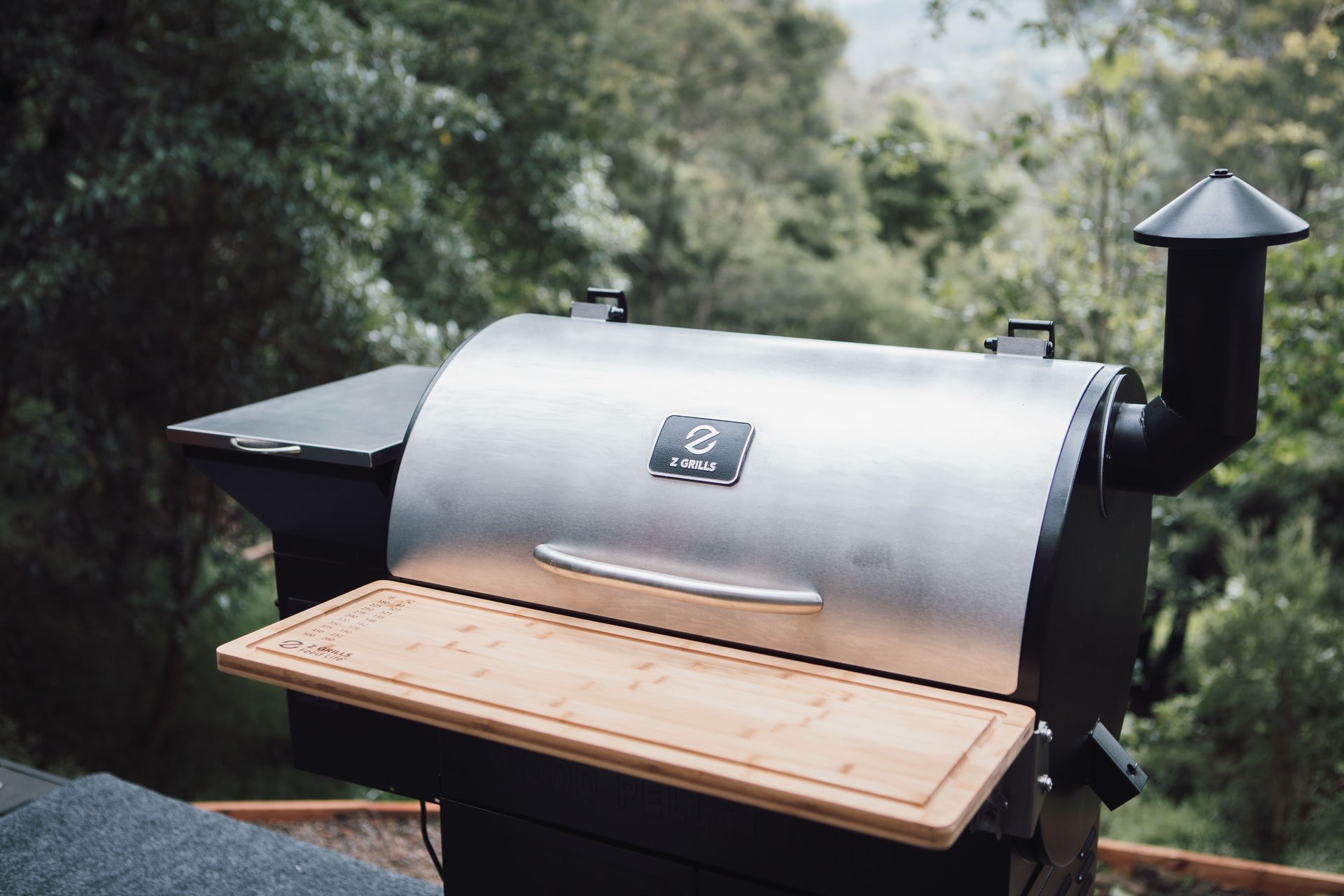
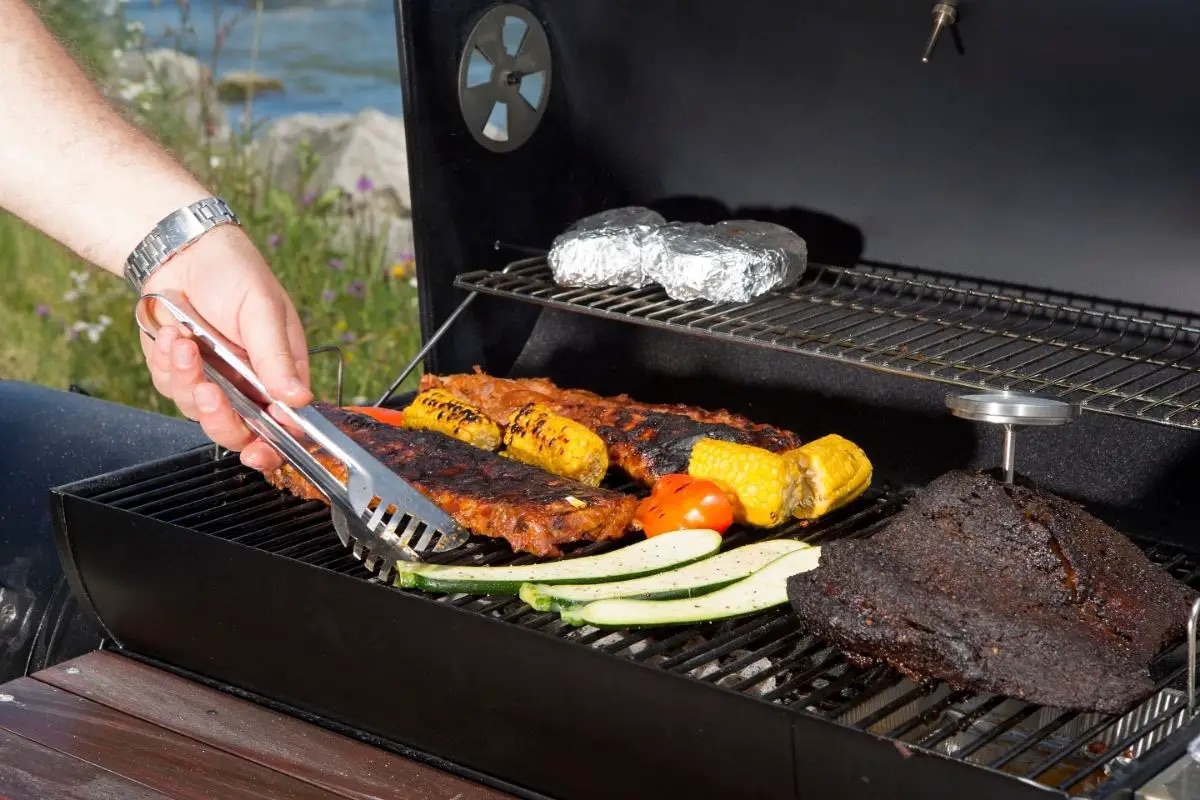
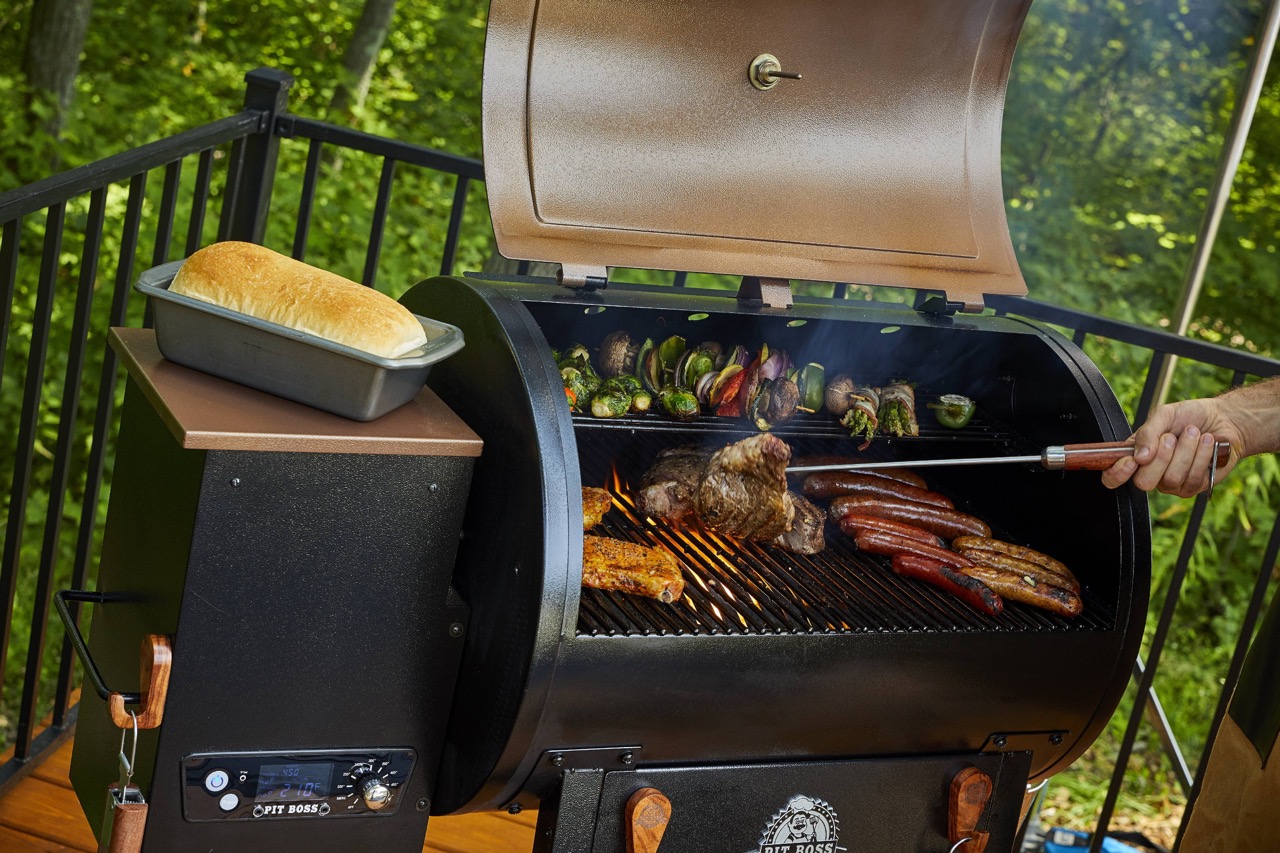
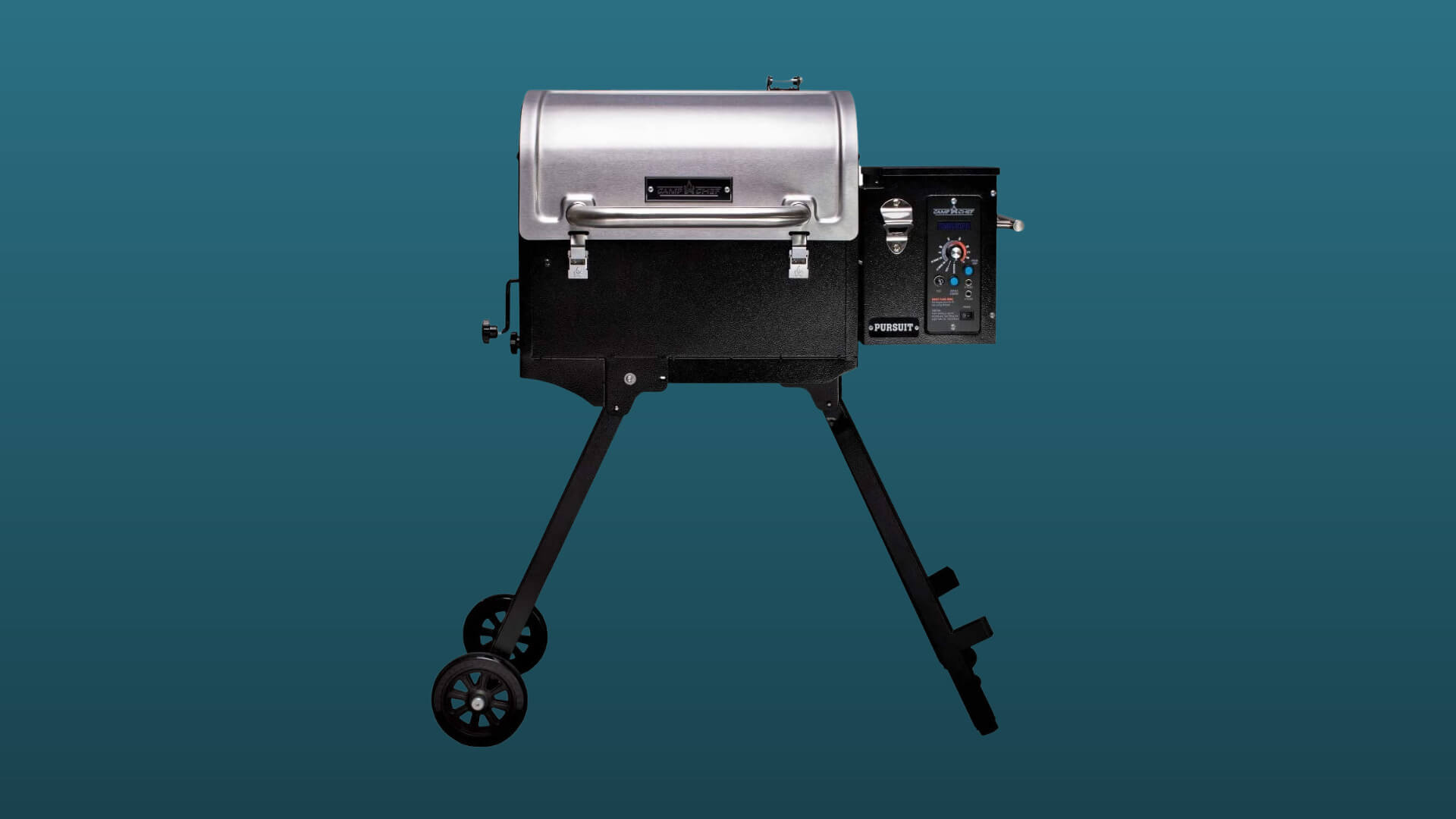
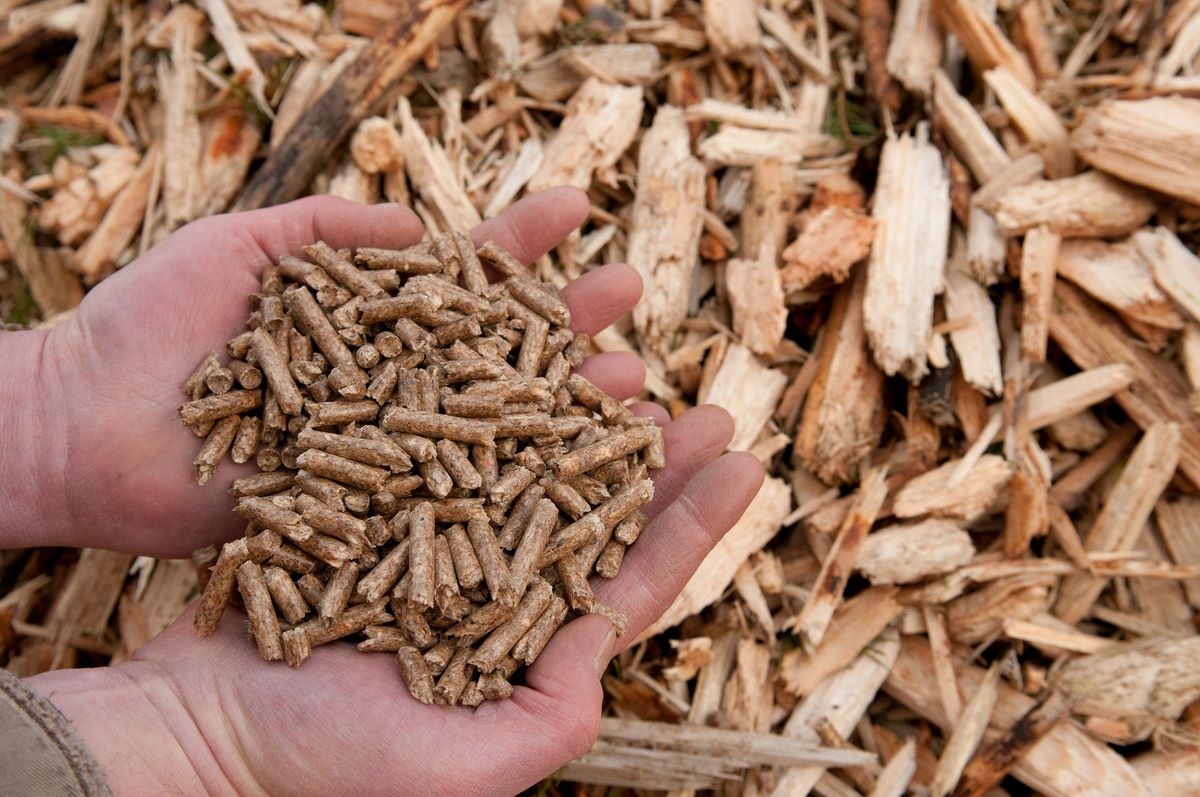
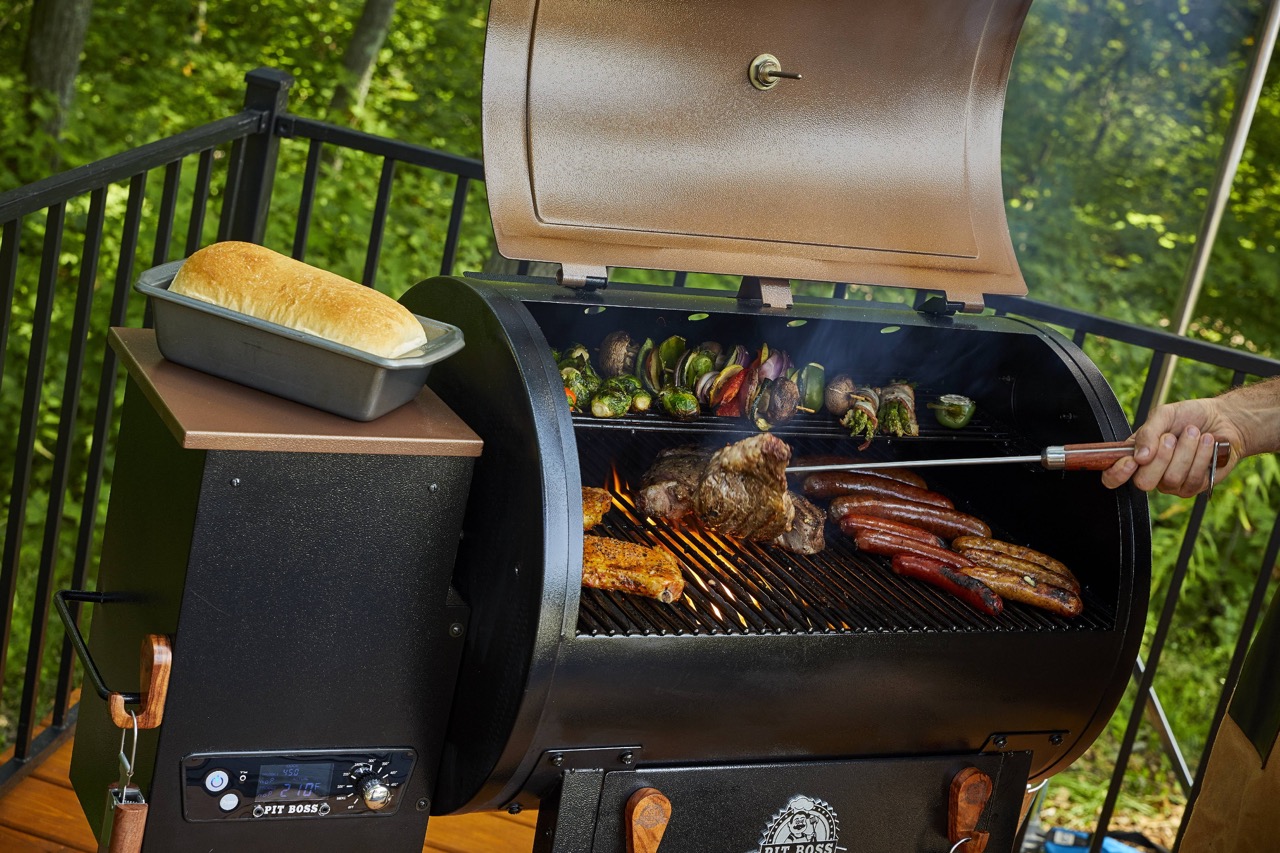
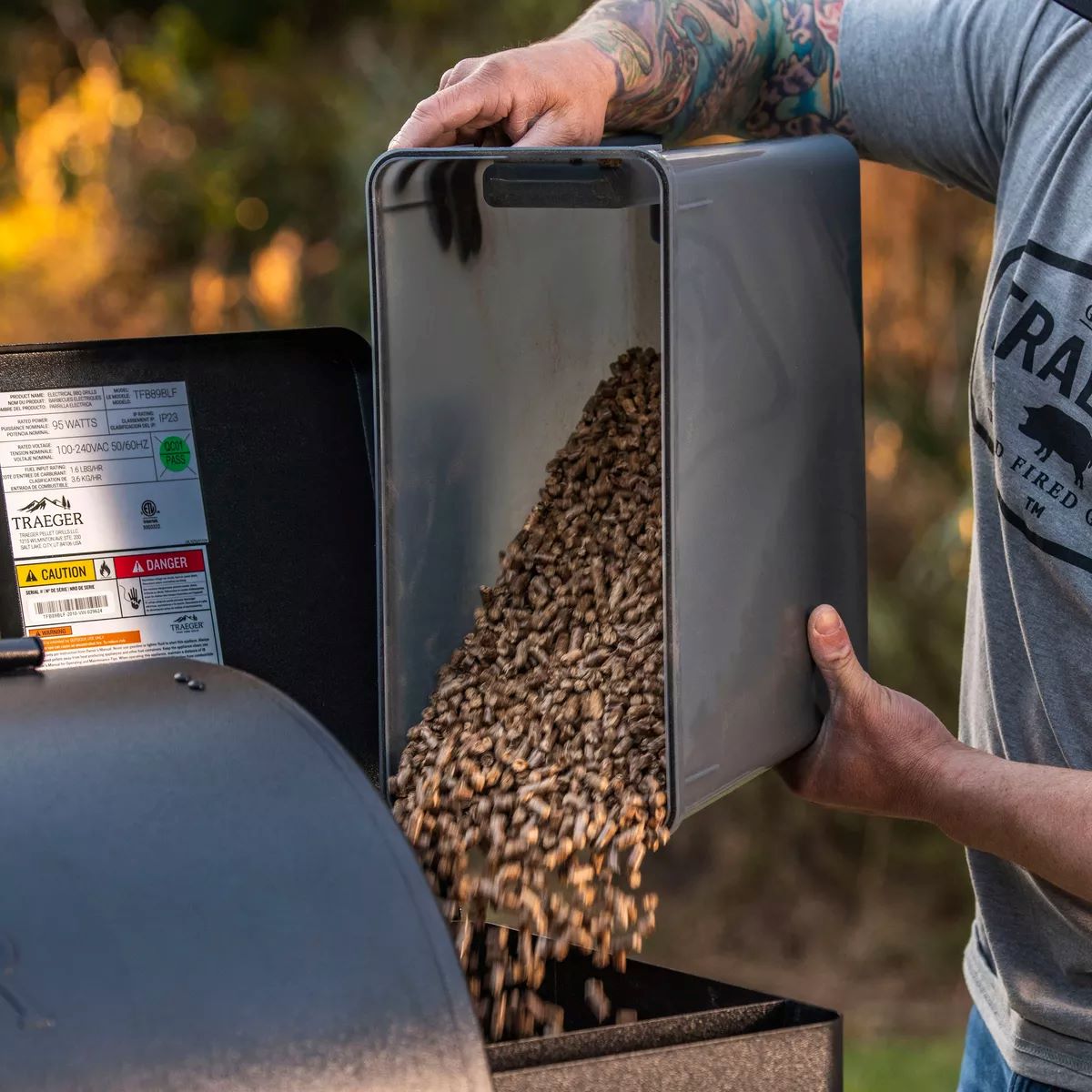
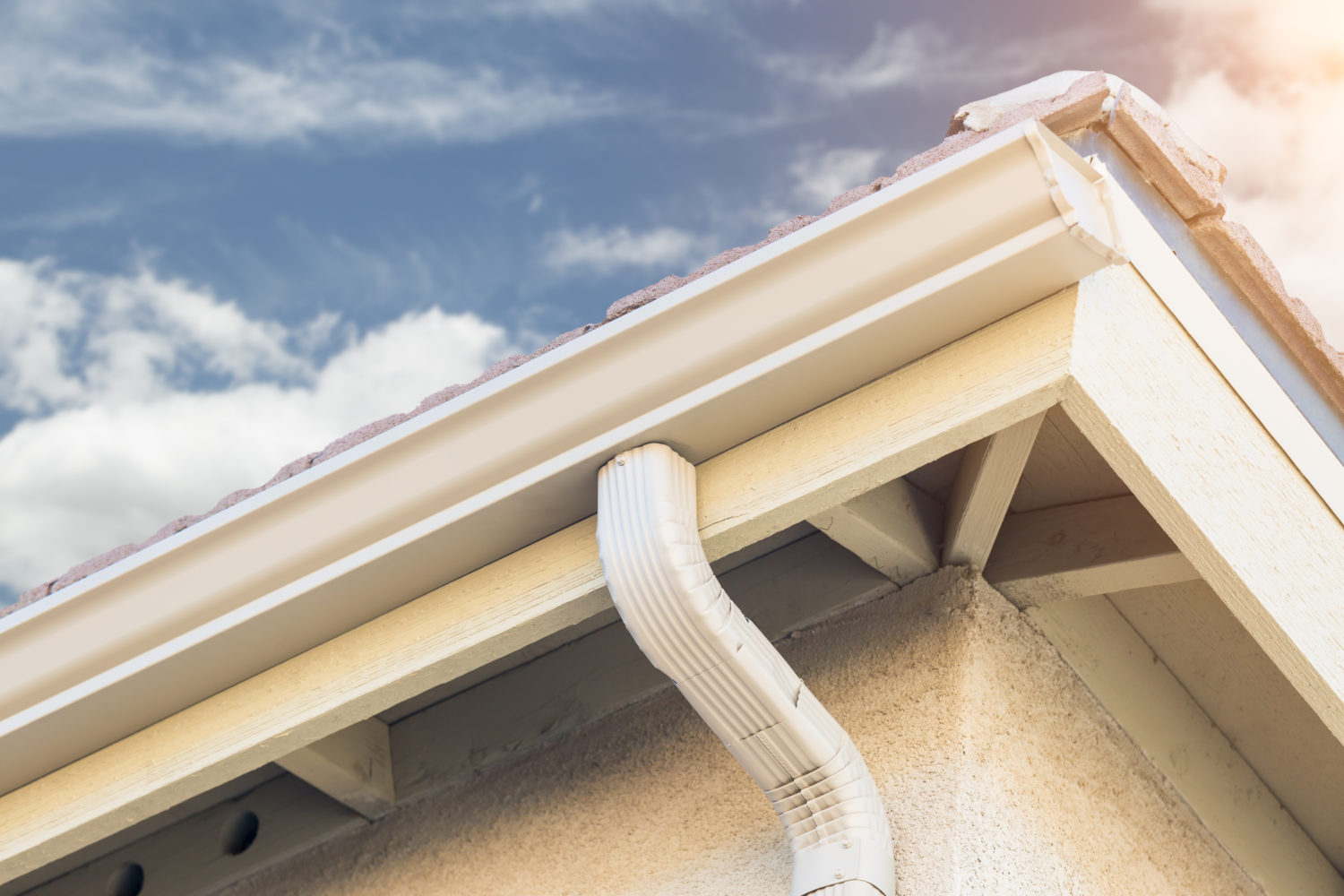
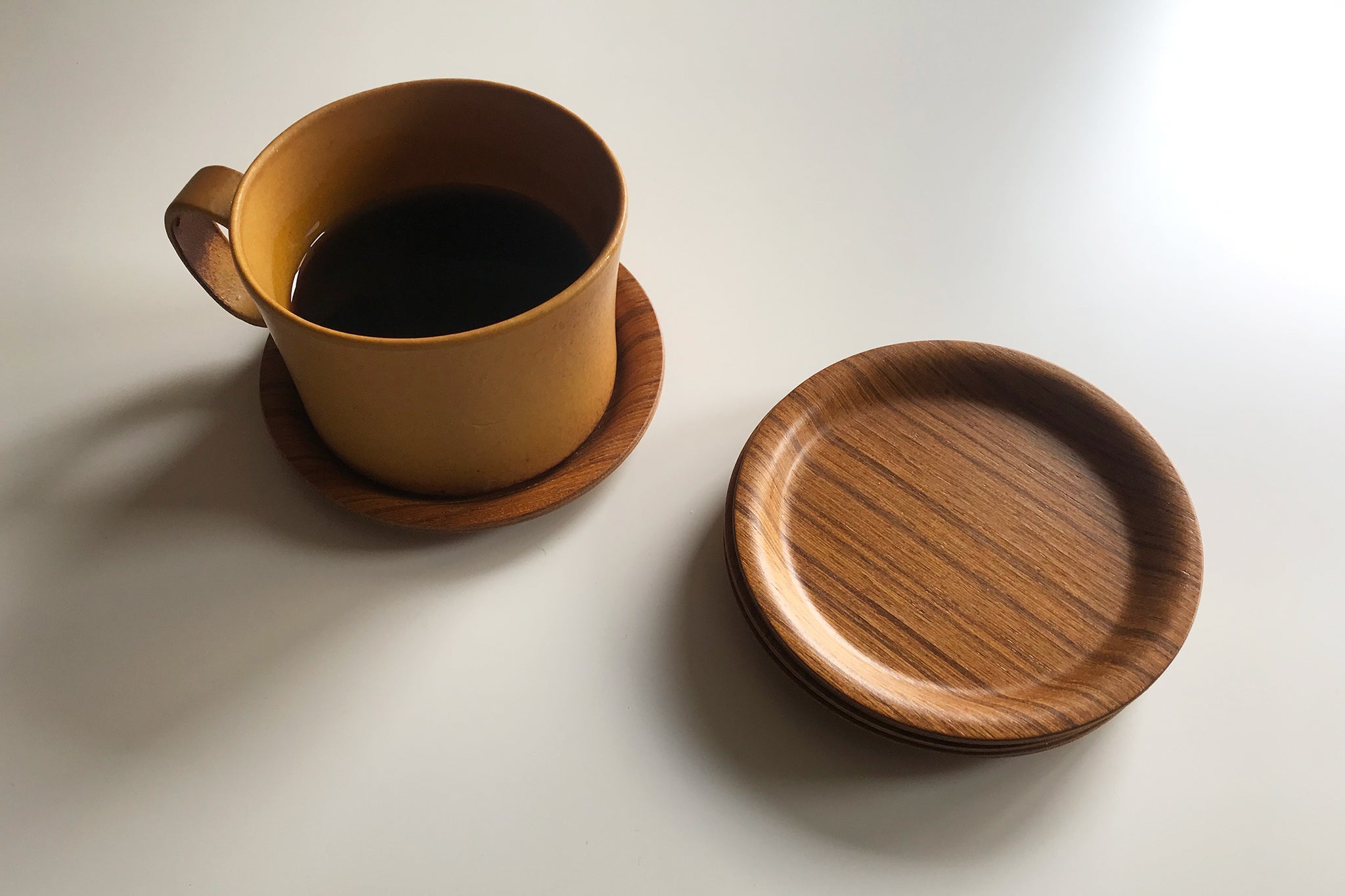
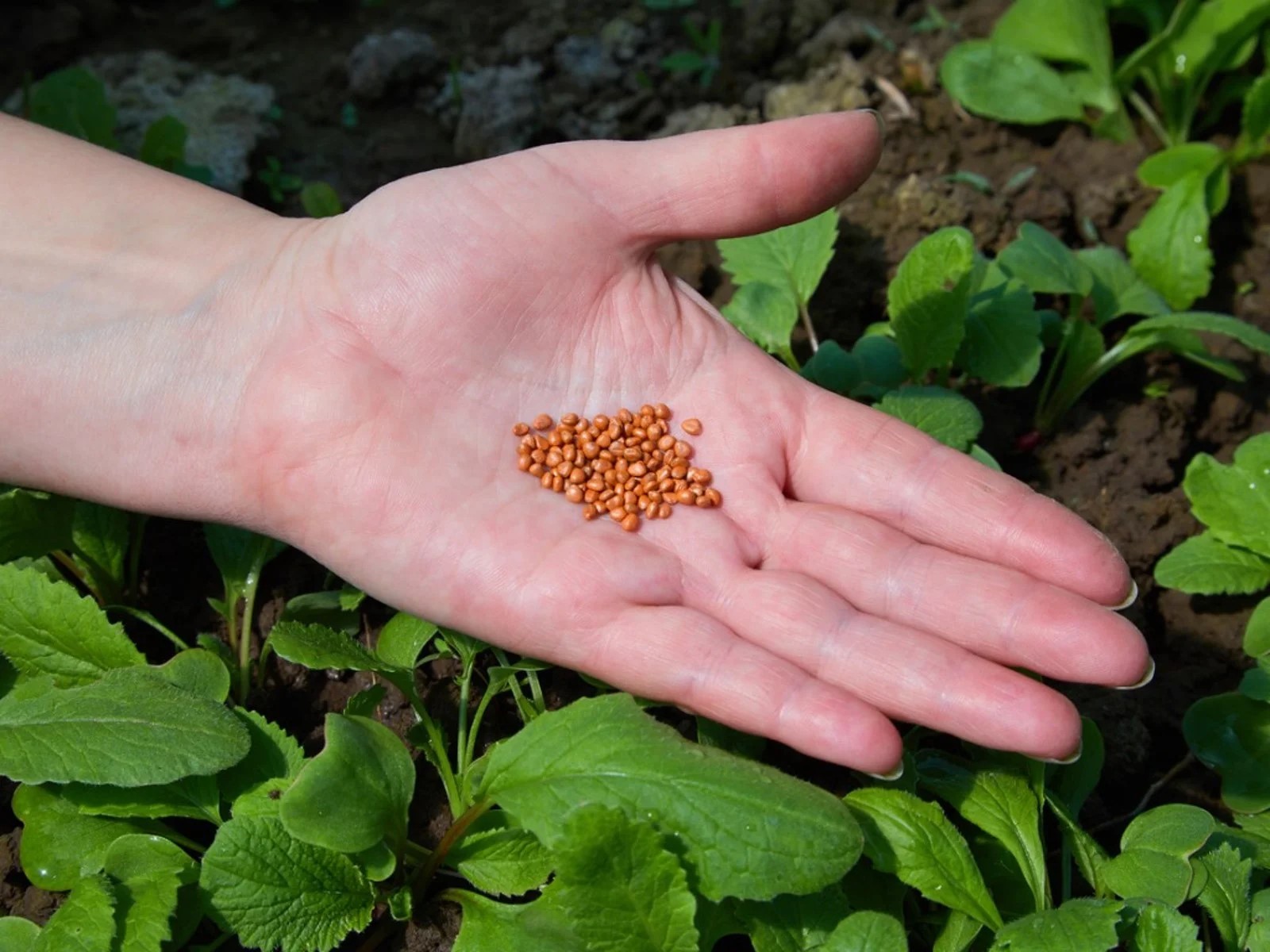

0 thoughts on “How Do Pellet Grills Work”